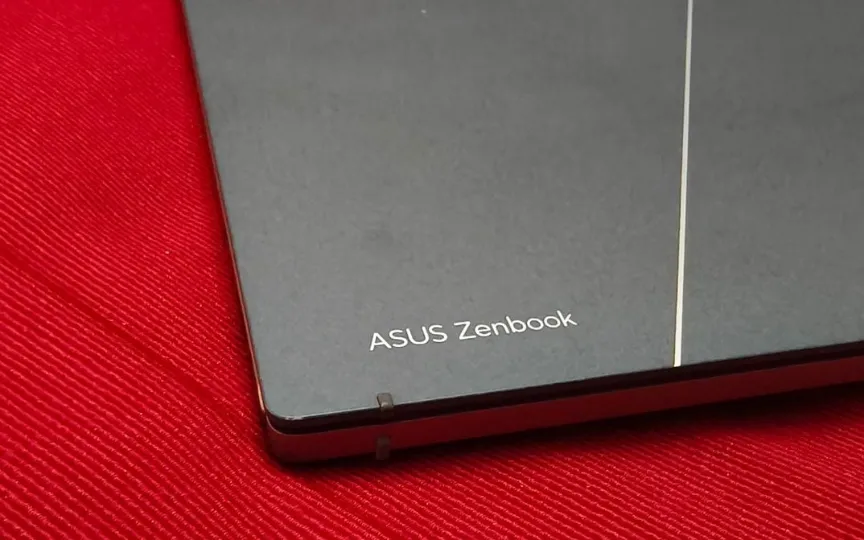Asus ZenBook S13 OLED: A Slim, Premium and Dependable Laptop
Asus has a wide range of laptops available in the country, resulting in a higher number of laptop reviews from the brand compared to others. Their latest offering, the ZenBook S13 OLED, claims to be one of the lightest and thinnest laptops, surpassing MacBooks in this aspect. The starting price for this ZenBook model is Rs 1 lakh, which includes 16GB RAM and 512GB storage. The price goes up to Rs 1,49,990 for the 32GB + 1TB storage variant, which is powered by the 13th gen Intel i7 processor. This is the unit that Asus provided us for review. We tested the ZenBook S13 OLED to determine if it is a viable alternative to MacBooks for potential buyers.
Asus ZenBook S13 OLED review: What’s cool?
The design is the first thing we noticed about the ZenBook S13 OLED, and it’s hard to ignore how light and thin the notebook is in real life. To be precise, the laptop weighs only 1 kg and is 10 mm thick, which is nothing. With these numbers, the ZenBook S13 OLED is one of the lightest laptops we’ve come across recently, and how easily it fits into a backpack. I’ve used a 1.2 kg laptop and even then this ZenBook S13 felt really good to carry.
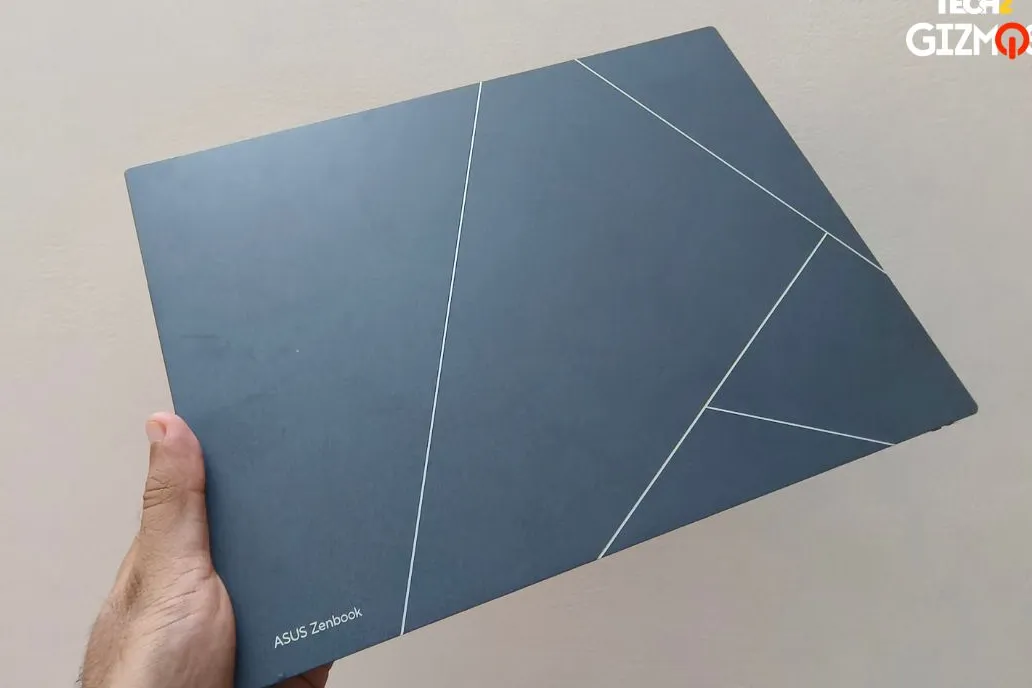
But the lightweight nature doesn’t mean that the build quality is compromised. Asus has provided a durable matte finish with a touch of ceramic that is mostly pleasing to the eye.
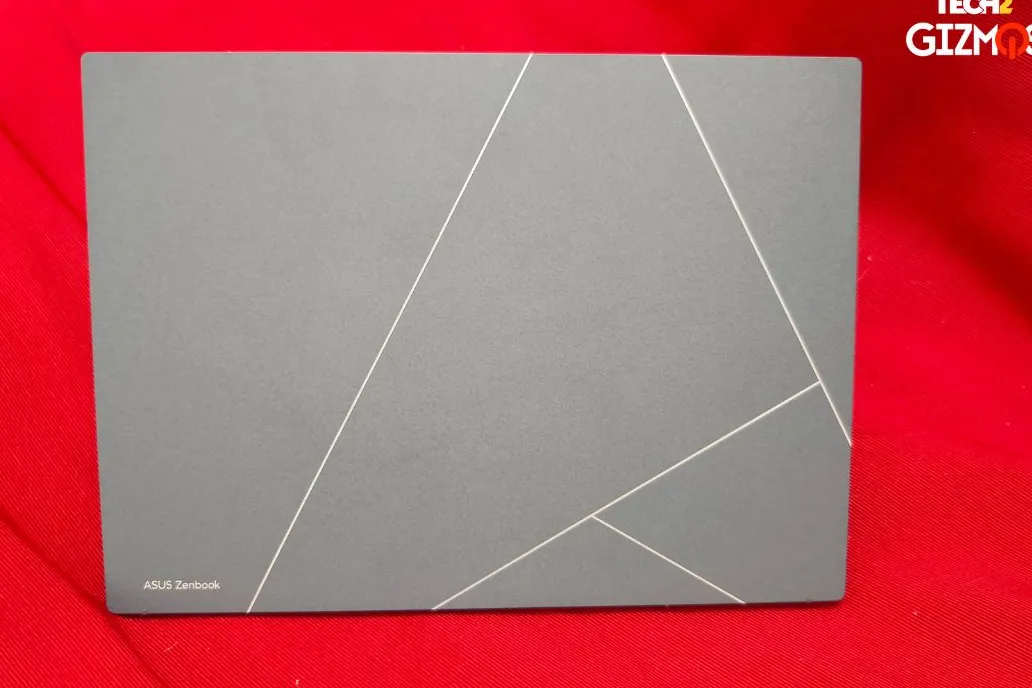
Thanks to the unique hinge structure, you can open the flap 180 degrees. Asus has also mastered the display technology in its laptops, offering an OLED panel with a 2.8K screen resolution that produces spectacular colors, high brightness and sharp contrast, but allows long-term use without straining the eyes. You can watch movies, videos and browse the web on the screen.

Asus has released the ZenBook S13 OLED with 13th generation Intel Core i5, up to Core i7 processors. They come with at least 16GB of RAM and 512GB of storage, which is plenty, although you’d expect this from a laptop costing well over a lakh. The performance of the laptop didn’t cause us any problems and even during heavy multitasking, we didn’t see any lag or sluggish nature of the hardware. Our unit had 32GB of RAM with a Core i7 chip, which certainly helps in this area.
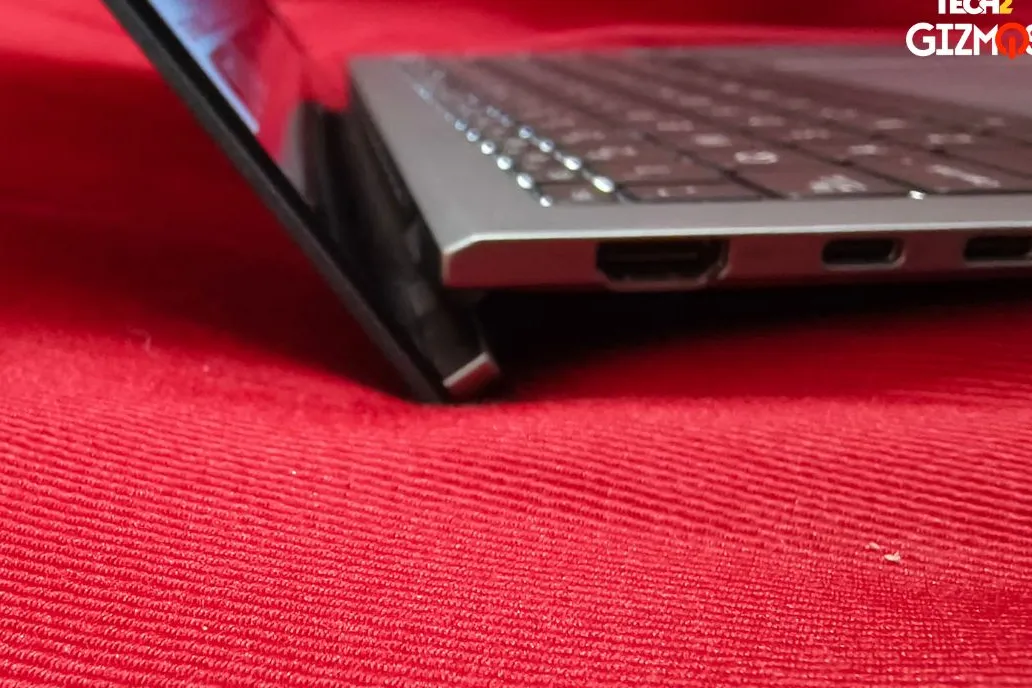
We used our main laptop for over a week, which includes heavy browsing, 15+ tabs open in Chrome at once, some image processing and short video editing.
Such tasks are easily handled on a laptop, which is what most people want to do. It also helps with the laptop that Asus has not reduced the connection ports to maintain a small frame. You have a headphone jack, an HDMI 2.1 port, a Thunderbolt 4 USB C port and a USB 3.2 Gen 2 port.
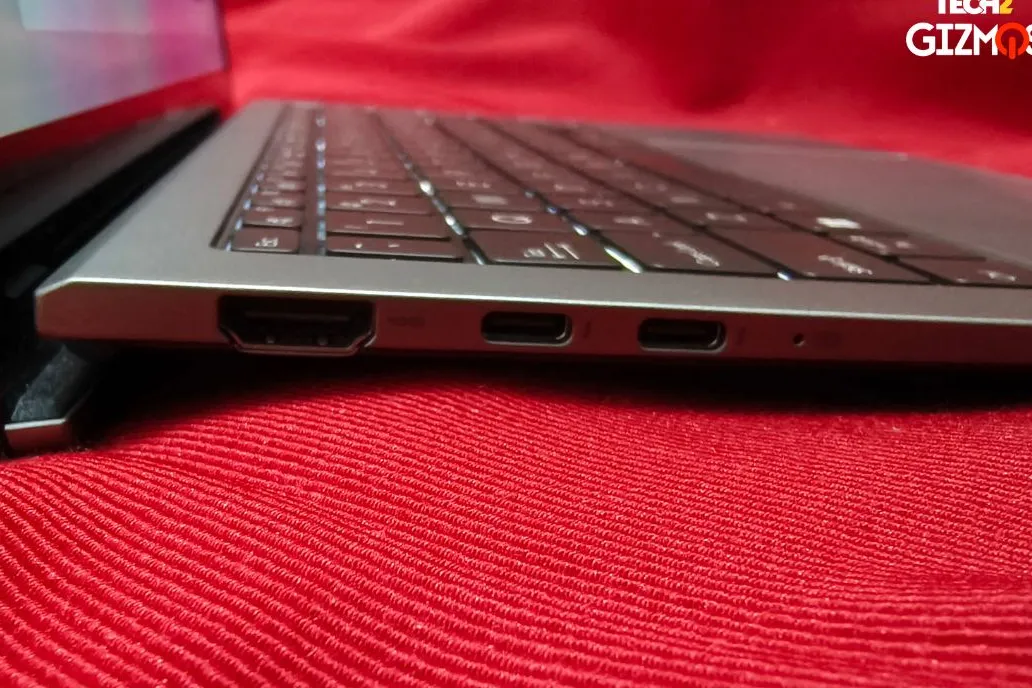
The use of an Intel chip also seems to have benefited Asus in providing efficient battery life. The ZenBook S13 OLED has a powerful display and can withstand a lot of grunt, but even then we didn’t see a big battery drop during the day. We managed to get more than 6 hours of usage time and still had about 30 percent juice left in the tank. Asus also offers a 65W wall charger that can charge 100 percent in about two hours, while you get half that in 45-50 minutes.
Asus ZenBook S13 OLED Review: What’s Not So Cool?
The laptop is light and you can’t really complain about that, but we found the matte finish on the front to be a smudge magnet. As soon as you hold it by the cover, the prints are visible all over the panel. The OLED panel means you don’t have an anti-glare coating, so the ZenBook S13 OLED display reflects and any strong light makes it difficult to view content on the laptop.
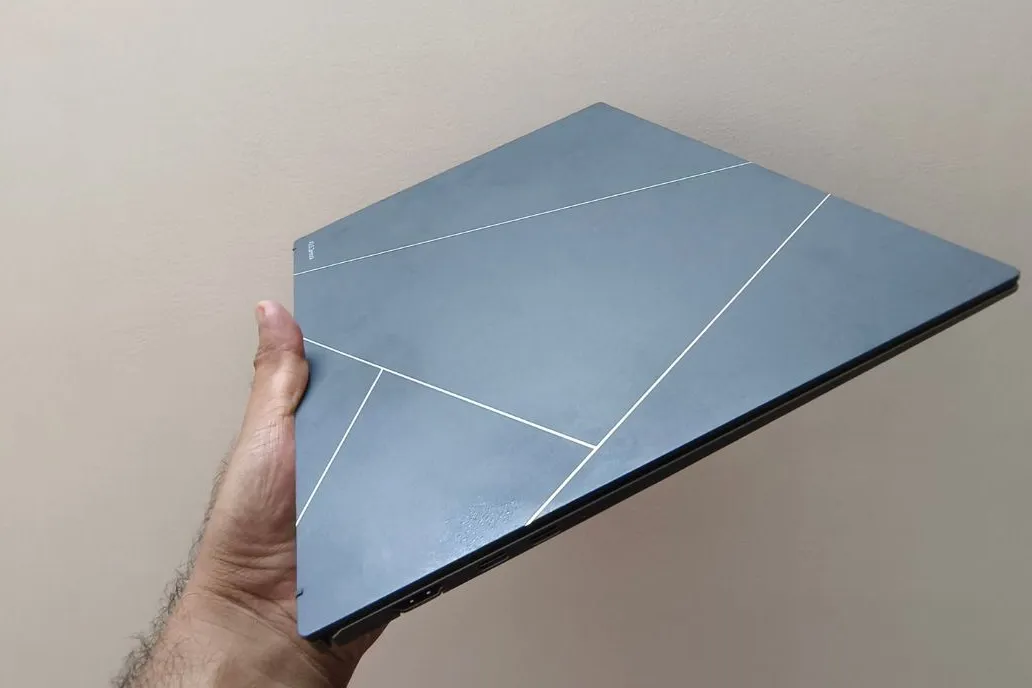
Although the laptop has a Core i7 processor, we found that the hardware is only suitable for extremely heavy use. This means you can enjoy light games, basic editing tasks, but if you want to edit 4K footage or enjoy popular intensive games, this laptop will show its fight with the fan blasting harder than usual.
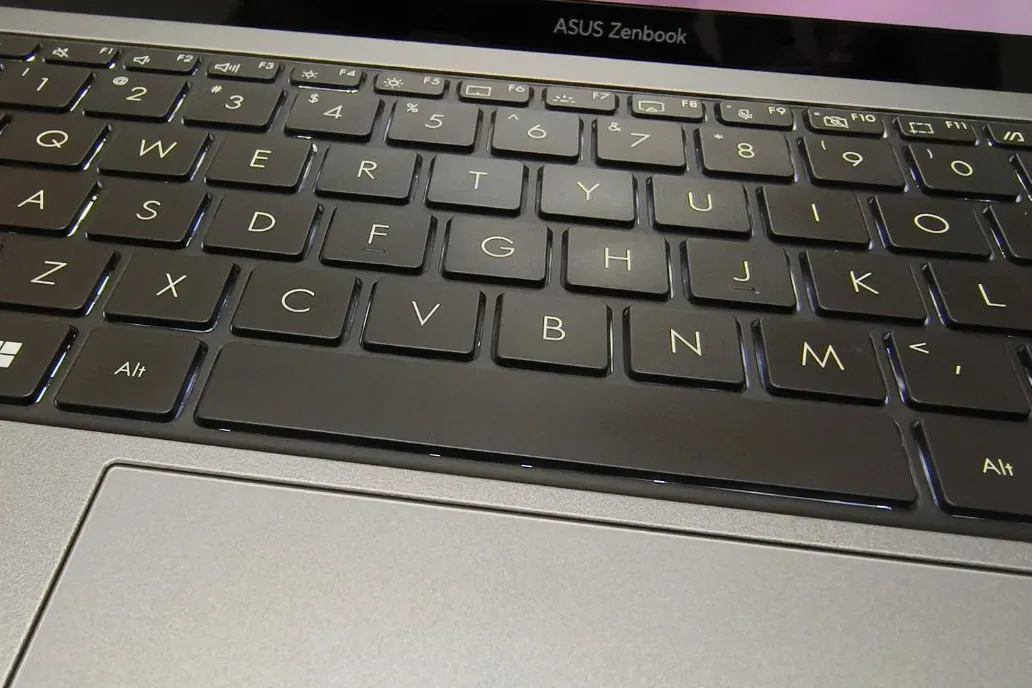
Speaking of sound, the laptop’s audio unit is flattered to the point of deceiving, which is interesting to see from Asus as a brand that guarantees quality sound reproduction in laptops. The lack of oomph may be the reason for the smaller frame. The keyboard layout is largely quite efficient, but due to the low tactile feel, you don’t miss the obvious typing experience of laptops.
Asus ZenBook S13 OLED Review: Should You Buy?
Can the ZenBook S13 OLED be considered a MacBook alternative? For most things like design, comfort, screen quality and battery life, yes. But the performance class feels a little lower, even if you have an EVO i7 processor, the Apple M1/M2 silicon is definitely at its strongest. Comparisons aside, there’s a lot going for the ZenBook model, especially when you have multiple connectivity ports in a 10mm chassis.
The keyboard layout is scattered, supports the backlight, but the touch feedback was not to our liking. Battery life is a big plus for a laptop, but the performance levels are more tuned for daily workhorses and not suitable for heavy editing or gaming tasks. It’s definitely cheaper, but it’s still a good reason to be your next machine.

